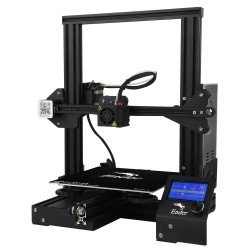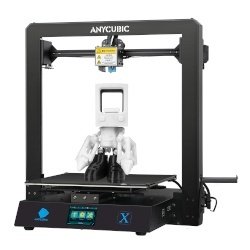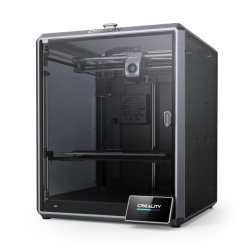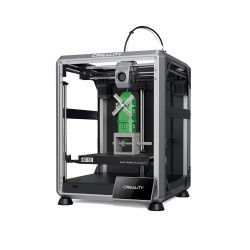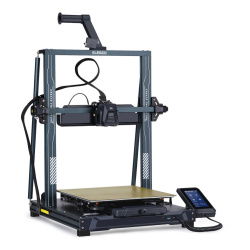Modern devices for producing three-dimensional objects
3D printing is a technique for additive manufacturing of mechanical details . Until recently, it was only used to produce prototype elements for fit tests and aesthetic assessment. Currently, however, thanks to advances in material technology and 3D printing system engineering, they allow the production of elements for real use . All this resulted in an increase in the resolution of 3D printers and an improvement in the quality of manufactured details - mainly their structural strength and mechanical resistance. Thanks to the improvement in the efficiency of 3D printers, it is now economically justified to use this technology for short-series production, where it replaces, for example, plastic injection. 3D printer - The price of this type of product is gradually decreasing and today it even allows you to purchase a 3D printer for hobby purposes.
History of 3D printing - The beginnings of the 3D printer
The beginnings of additive manufacturing methods date back to the turn of the 1970s and 1980s . In 1974, David EH Jones proposed the idea of printing three-dimensional elements. In 1981, the first two 3D printing methods were created , using photo-curing of special polymers. Three years later, a stereolithographic method was developed, using two ultraviolet lasers to polymerize the resin. It was then that the STL file format was born, classically associated with 3D printing systems to this day. In 1988, S. Scott Crump patented the technology of producing objects from molten plastic fed with the help of a special extruder (FDM) . This technology is still used by most 3D printers - especially hobby and consumer models. In 1992, the first printer of this type appeared on the market. Until 2009, Stratasys was a monopolist in this market, but after the patent for FDM technology expired, many competitors appeared on the market.
FFM/FDM printers - structure and principle of operation
FDM technology (also known as FFM ) is a solution that uses a continuous fiber made of thermoplastic material - the so-called filament . It is fed from a large coil through a movable, heated head. The print head is moved under computer control to define the printed shape. Typically, it moves in two dimensions to deposit one layer; then the head is moved slightly vertically to start applying a new layer. The speed of movement of the material in the extruder head can be controlled, which even allows you to stop the production process and start it in another zone of the device, which allows you to produce complex geometries. FDM printers currently offer quite high resolution, with high repeatability and low operating and purchase price of the device itself.
3D printing - Photopolymerization printers
In systems using liquid photocurable materials, the object is built from layers of material irradiated with ultraviolet light. The item is produced in a special vat in which the base is motorized in the Z axis. The light source - an ultraviolet laser (or two, in the case of stereolithography), an infrared laser (in the case of a multi-photon process), diode scanners, etc. - illuminates the top layer of the liquid, causing photopolymerization of the material contained therein. Then the printed element is lowered and the polymer optical hardening process is repeated for the next layer. Optical systems offer excellent resolution, but the cost of this type of device and its consumables is quite high.



















































































































































































































































































































































